UEFA Nations League 2020/21
Postano: 02 sep 2020, 11:56
Budući da sutra kreće takmičenje bio bi red da se otvori tema.
Format
On 24 September 2019, UEFA announced that a revised format would be used for the 2020–21 edition, the second season of the competition. The 55 UEFA national teams were divided into four leagues, with Leagues A, B and C featuring 16 teams each, divided into four groups of four teams. League D will feature 7 teams divided into two groups, with one containing four teams and the other containing three. The teams were allocated to leagues based on the 2018–19 UEFA Nations League overall ranking. Each team will now play six matches within their group, except for one group in League D that will play four, using the home-and-away round-robin format on double matchdays in September, October and November 2020. This format ensures that for almost all groups, teams in the same group play their last matches at the same time. It also increases the number of total league phase matches from 138 to 162, and minimises the number of friendly matches.
In the top division, League A, teams compete to become the UEFA Nations League champions. The four group winners of League A qualify for the Nations League Finals, which is played in a knockout format consisting of the semi-finals, third place play-off, and final. The semi-final pairings will be determined by means of an open draw. The host country will be selected among the four qualified teams by the UEFA Executive Committee, with the winners of the final crowned as the Nations League champions. The video assistant referee (VAR) system will be used in the Nations League Finals.
Teams also compete for promotion and relegation to a higher or lower league. In Leagues B, C and D, the group winners are promoted, while the last-placed teams of each group in Leagues A and B are relegated. As League C has four groups while League D has only two, the two League C teams that are to be relegated will be determined by play-outs in March 2022. Based on the Nations League overall ranking of the fourth-placed teams, the first-ranked team will face the fourth-ranked team, and the second-ranked team will face the third-ranked team. Two ties will be played over two legs, with each team playing one leg at home (the higher-ranked team will host the second leg). The team that scores more goals on aggregate over the two legs will remain in League C, while the loser will be relegated to League D. If the aggregate score is level, the away goals rule is applied, with extra time played if away goals are also equal. The away goals rule is again applied after extra time, with a penalty shoot-out used to decide the winner if no goals are scored during extra time.
Jedina bitnija promjena je ta što će dvije najbolje ekipe u grupama izboriti plasman u baraž za SP 2022.
Grupe
Divizija A
Grupa 1
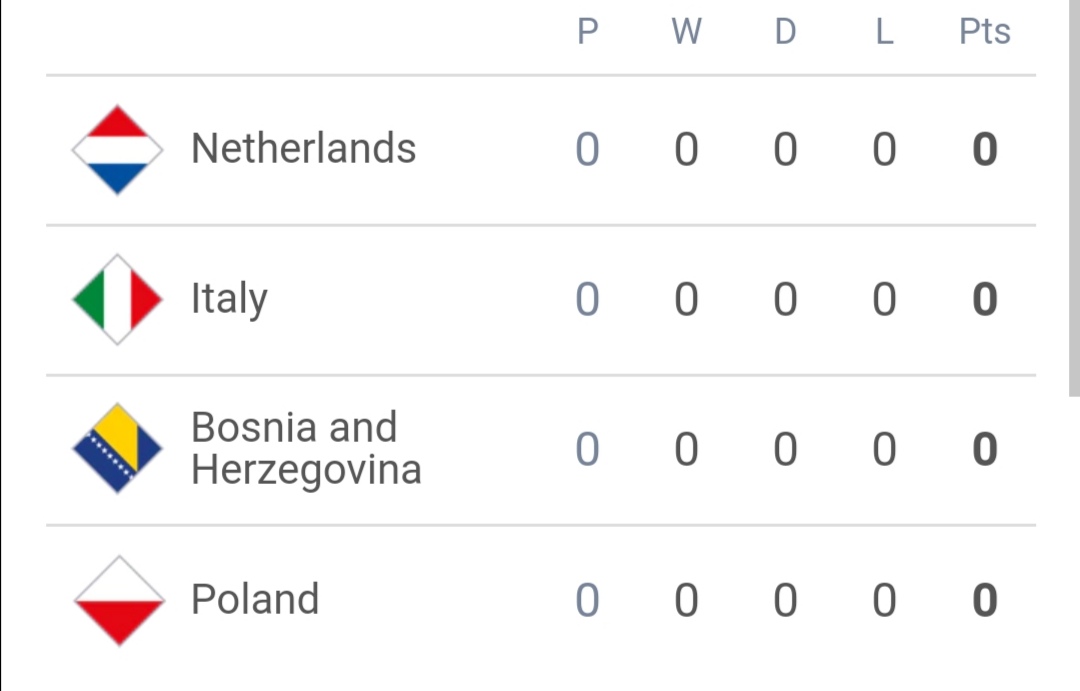
Grupa 2
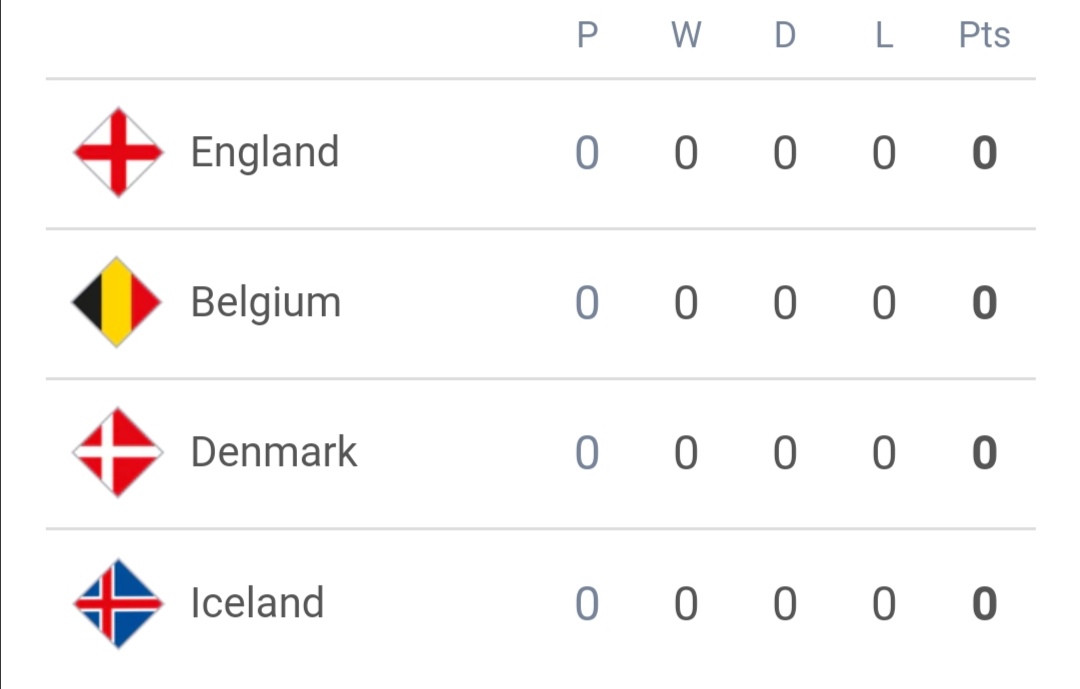
Grupa 3
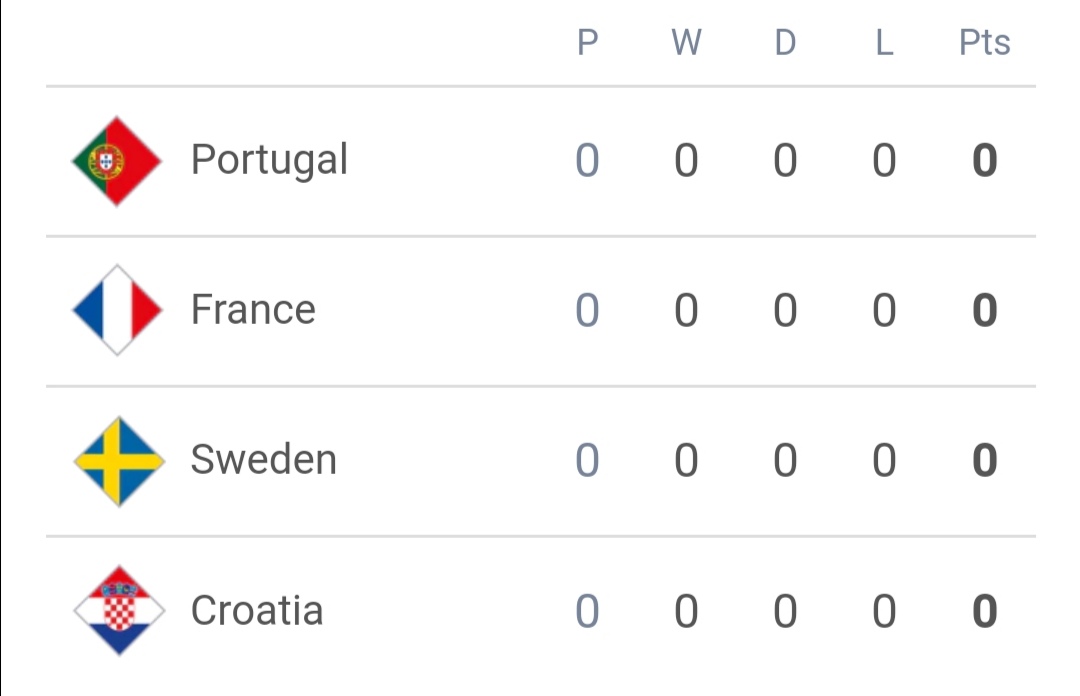
Grupa 4
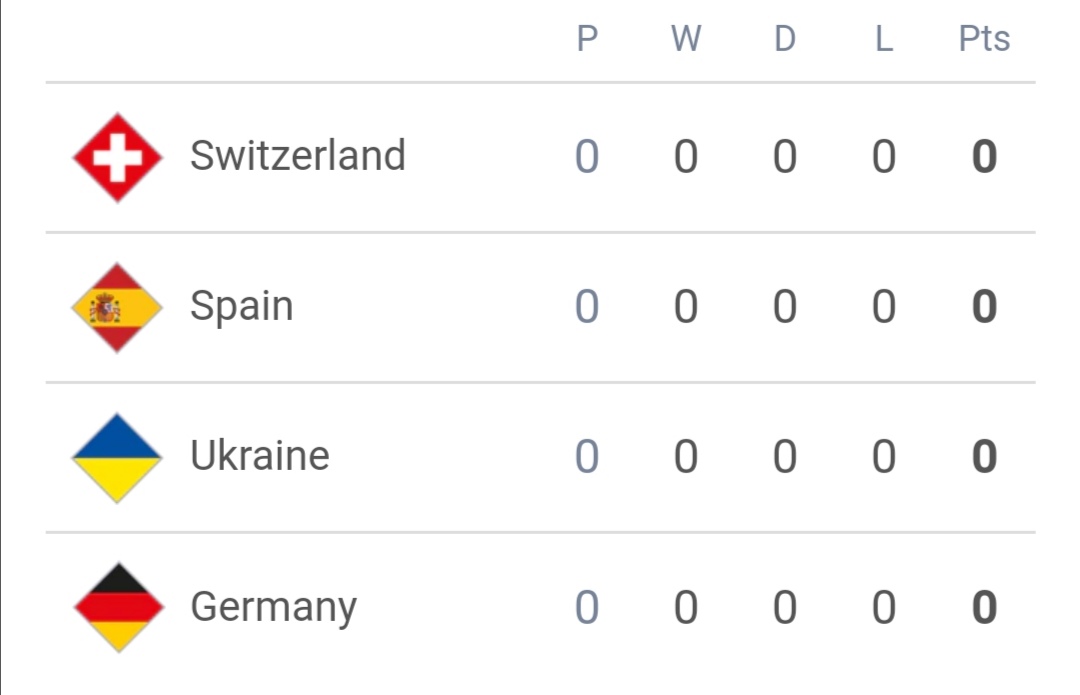
Divizija B
Grupa 1
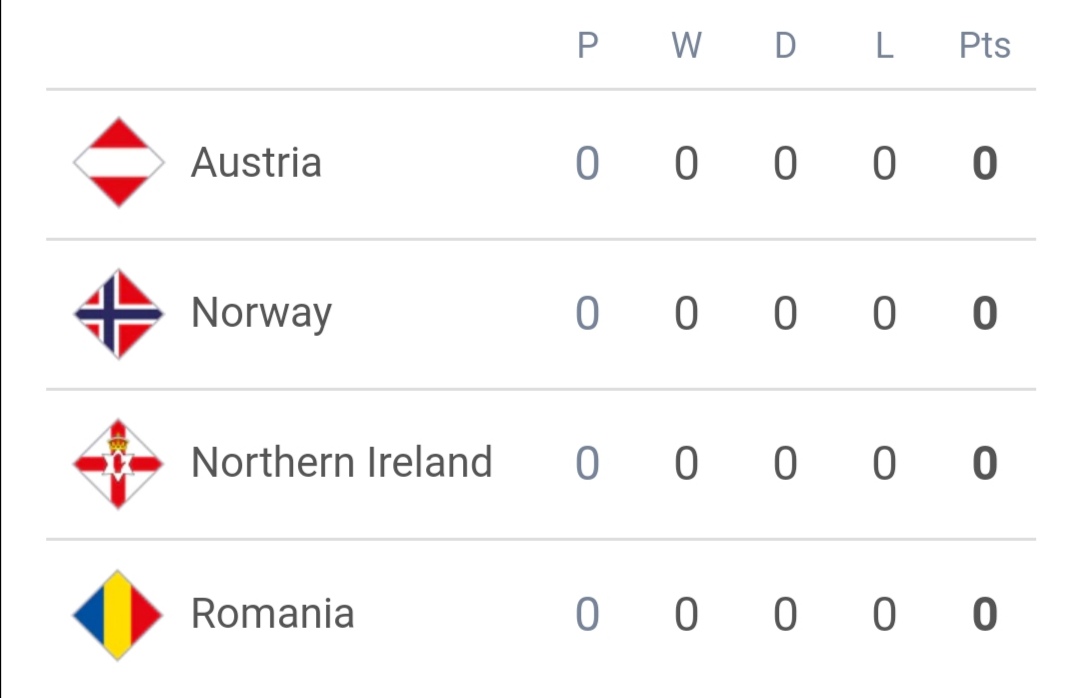
Grupa 2
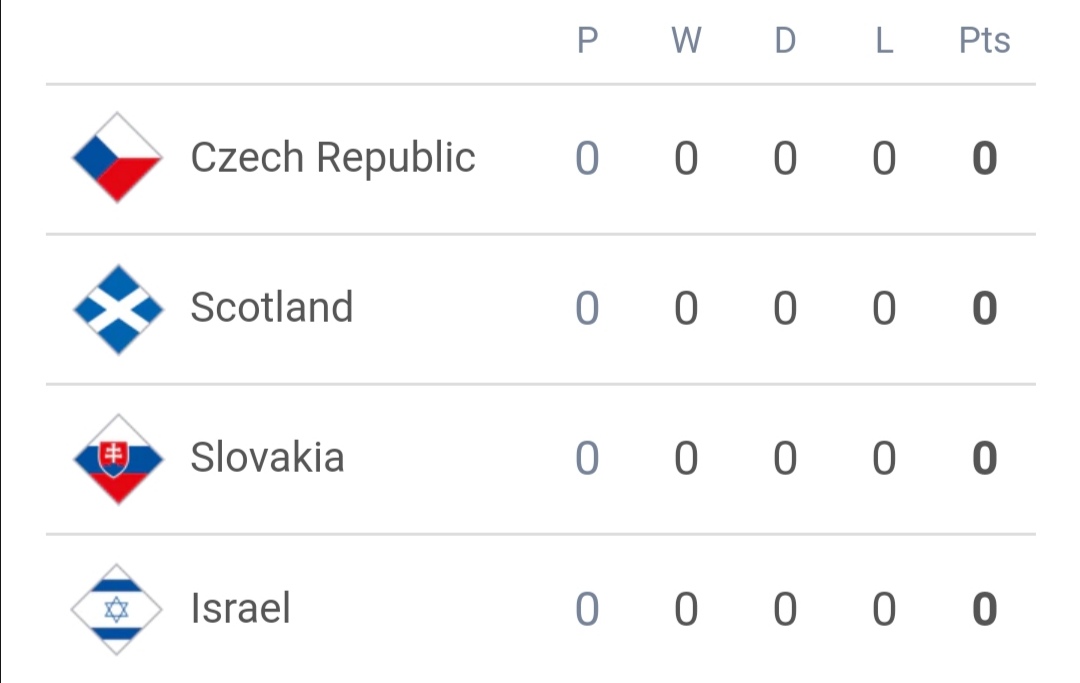
Grupa 3
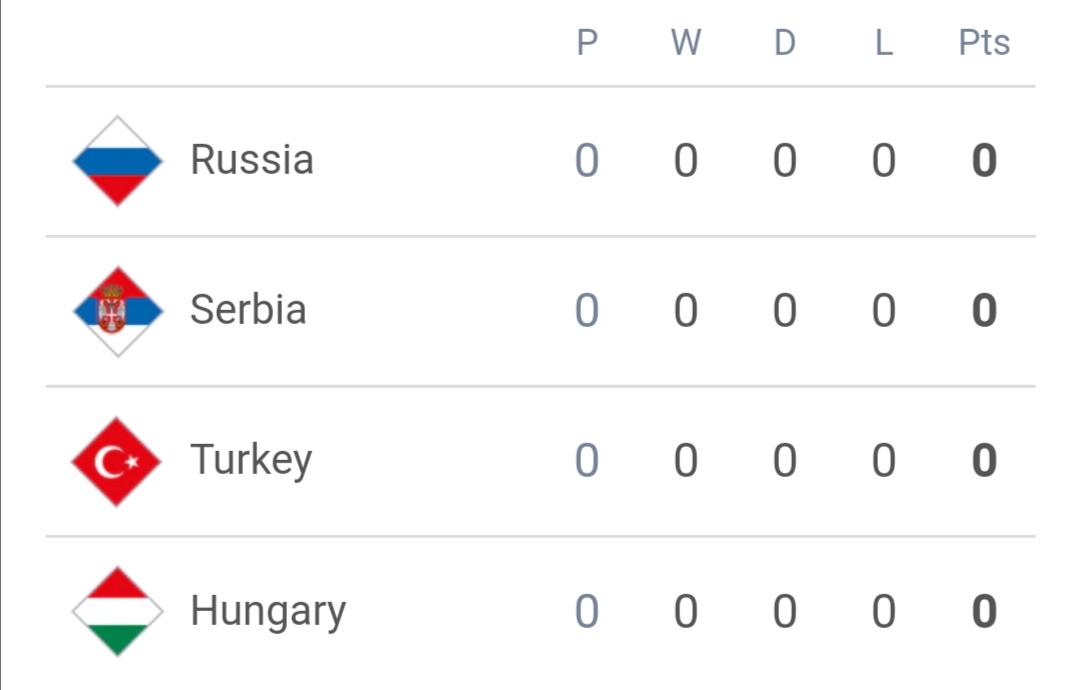
Grupa 4
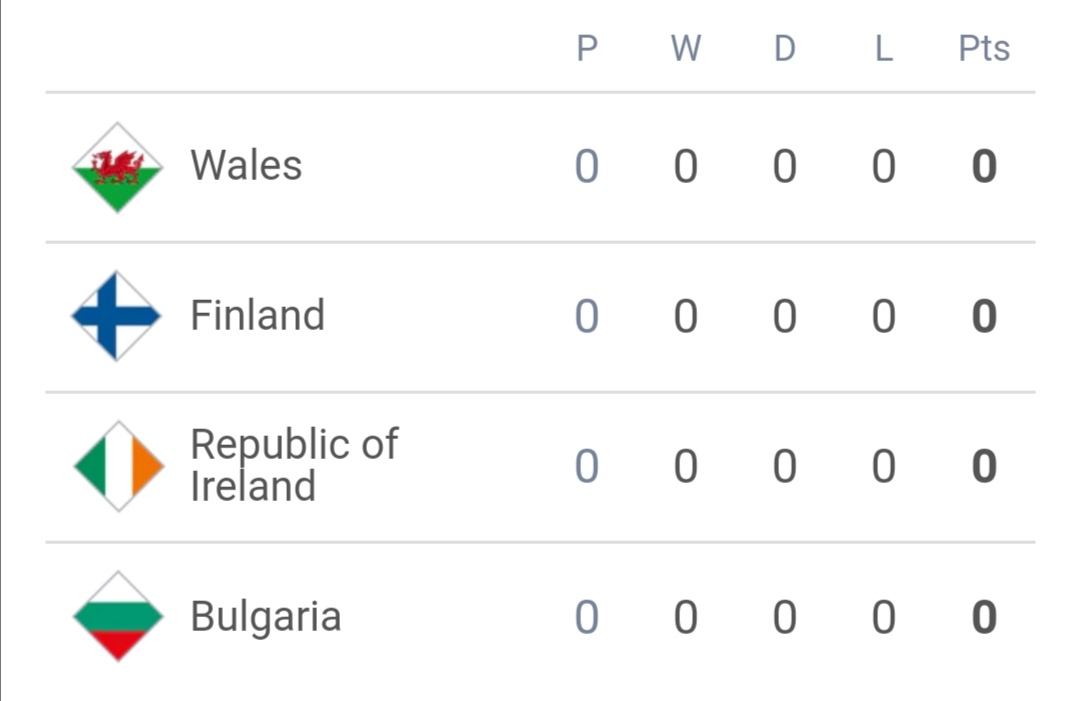
Divizija C
Grupa 1

Grupa 2
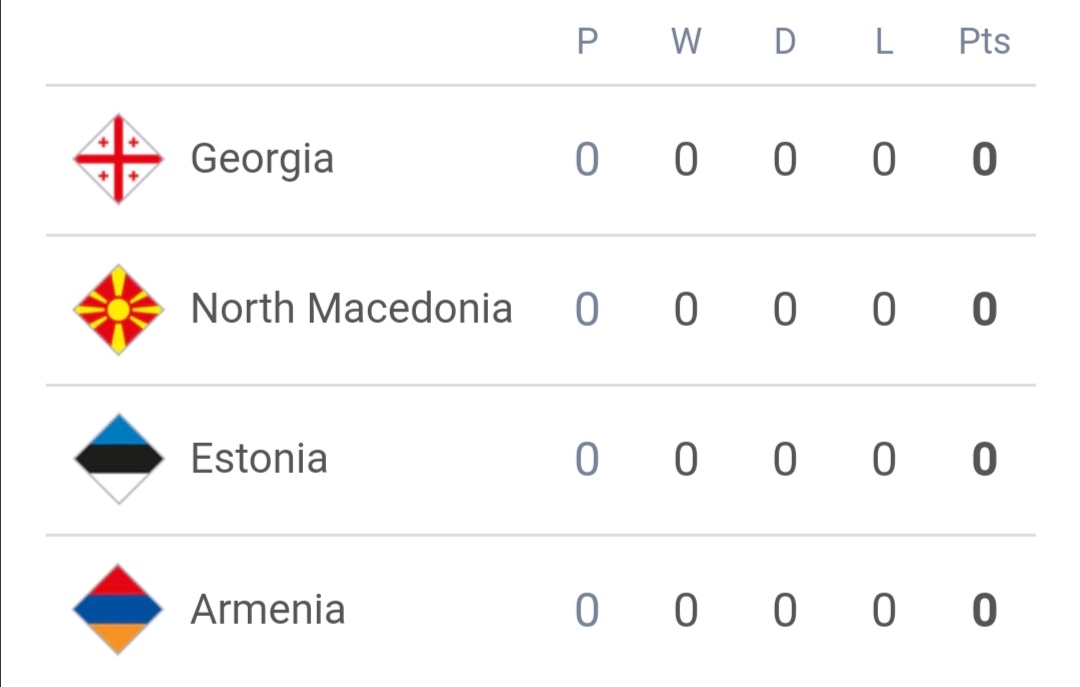
Grupa 3
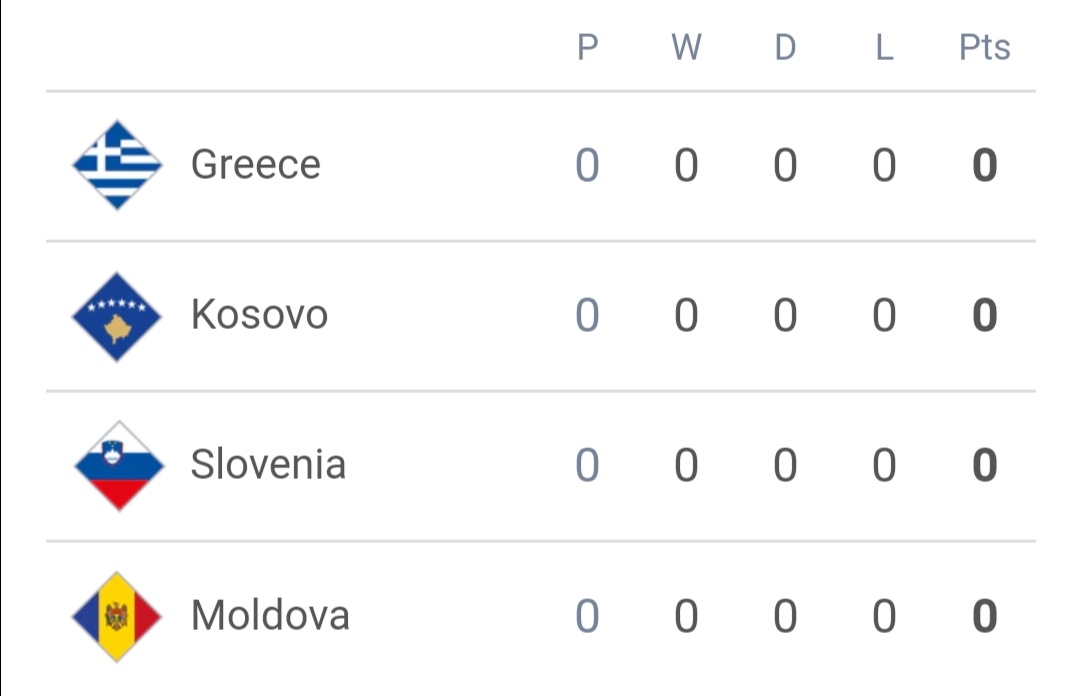
Grupa 4
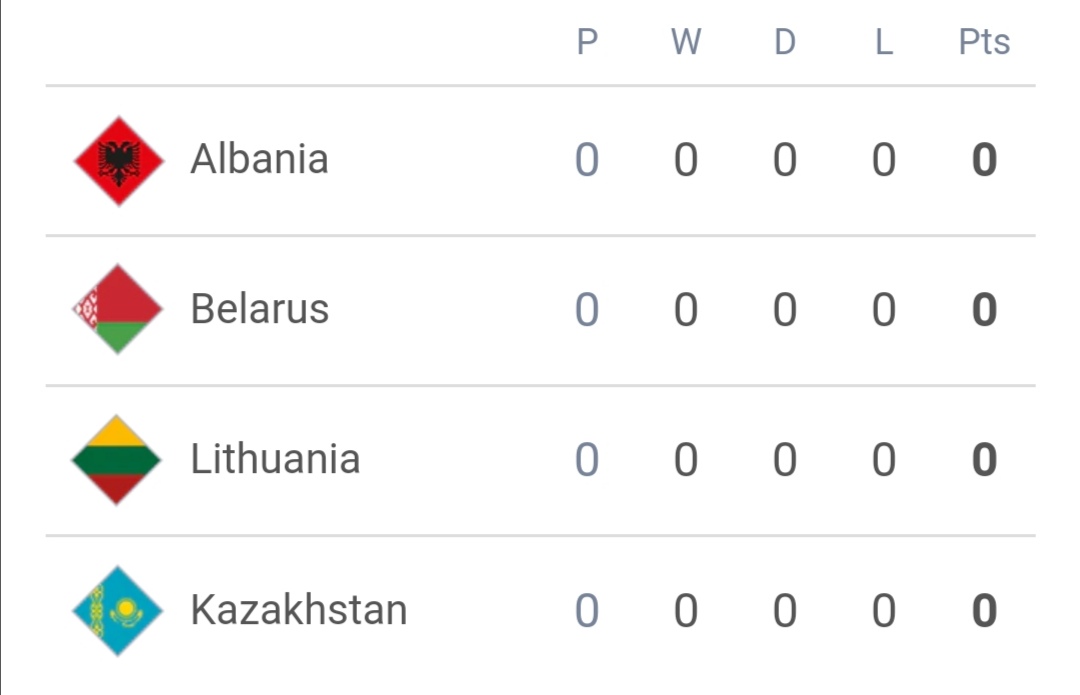
Divizija D
Grupa 1
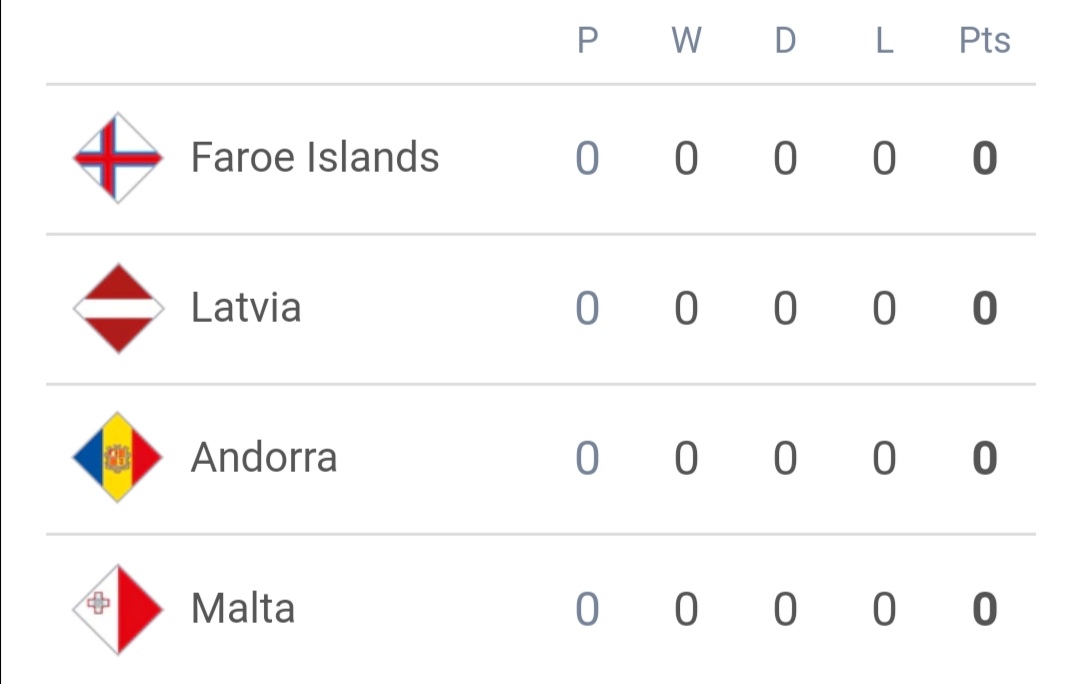
Grupa 2

Format
On 24 September 2019, UEFA announced that a revised format would be used for the 2020–21 edition, the second season of the competition. The 55 UEFA national teams were divided into four leagues, with Leagues A, B and C featuring 16 teams each, divided into four groups of four teams. League D will feature 7 teams divided into two groups, with one containing four teams and the other containing three. The teams were allocated to leagues based on the 2018–19 UEFA Nations League overall ranking. Each team will now play six matches within their group, except for one group in League D that will play four, using the home-and-away round-robin format on double matchdays in September, October and November 2020. This format ensures that for almost all groups, teams in the same group play their last matches at the same time. It also increases the number of total league phase matches from 138 to 162, and minimises the number of friendly matches.
In the top division, League A, teams compete to become the UEFA Nations League champions. The four group winners of League A qualify for the Nations League Finals, which is played in a knockout format consisting of the semi-finals, third place play-off, and final. The semi-final pairings will be determined by means of an open draw. The host country will be selected among the four qualified teams by the UEFA Executive Committee, with the winners of the final crowned as the Nations League champions. The video assistant referee (VAR) system will be used in the Nations League Finals.
Teams also compete for promotion and relegation to a higher or lower league. In Leagues B, C and D, the group winners are promoted, while the last-placed teams of each group in Leagues A and B are relegated. As League C has four groups while League D has only two, the two League C teams that are to be relegated will be determined by play-outs in March 2022. Based on the Nations League overall ranking of the fourth-placed teams, the first-ranked team will face the fourth-ranked team, and the second-ranked team will face the third-ranked team. Two ties will be played over two legs, with each team playing one leg at home (the higher-ranked team will host the second leg). The team that scores more goals on aggregate over the two legs will remain in League C, while the loser will be relegated to League D. If the aggregate score is level, the away goals rule is applied, with extra time played if away goals are also equal. The away goals rule is again applied after extra time, with a penalty shoot-out used to decide the winner if no goals are scored during extra time.
Jedina bitnija promjena je ta što će dvije najbolje ekipe u grupama izboriti plasman u baraž za SP 2022.
Grupe
Divizija A
Grupa 1

Grupa 2

Grupa 3

Grupa 4

Divizija B
Grupa 1

Grupa 2

Grupa 3

Grupa 4

Divizija C
Grupa 1

Grupa 2

Grupa 3

Grupa 4

Divizija D
Grupa 1

Grupa 2
